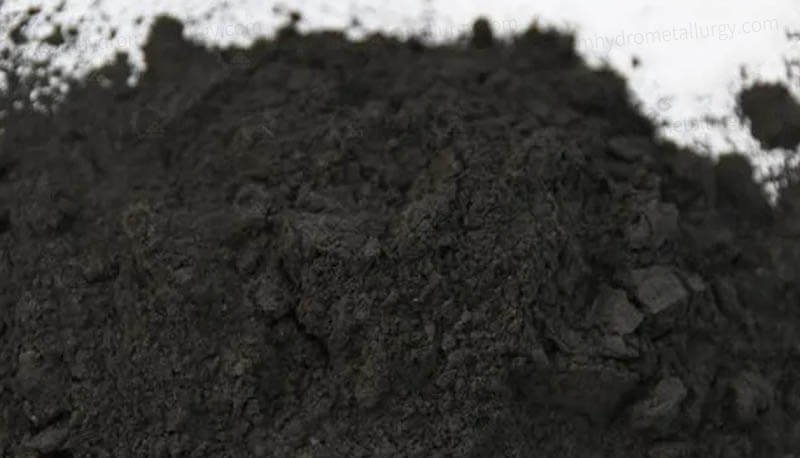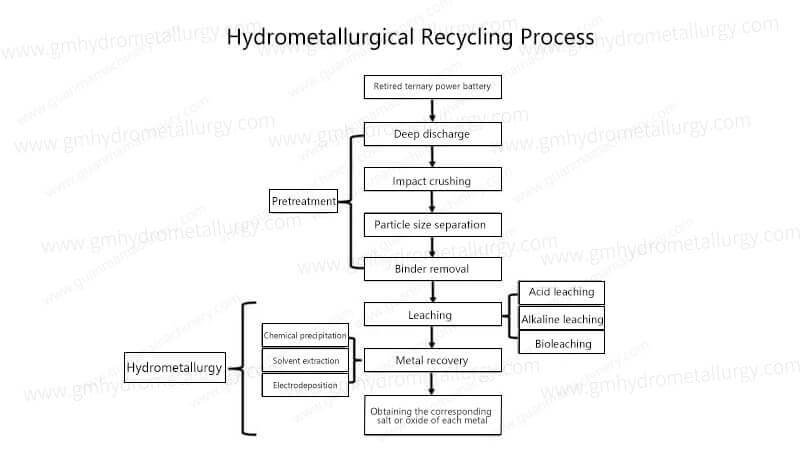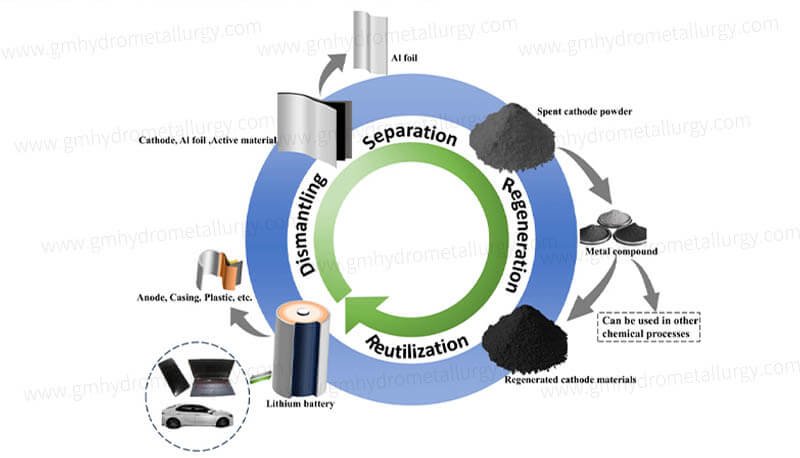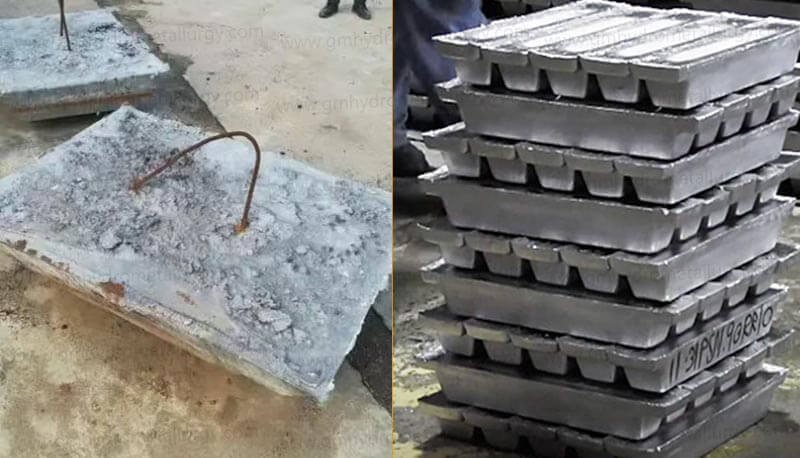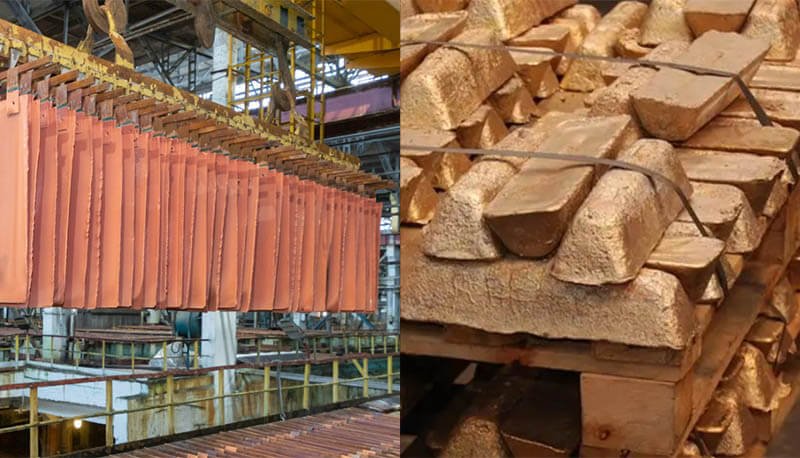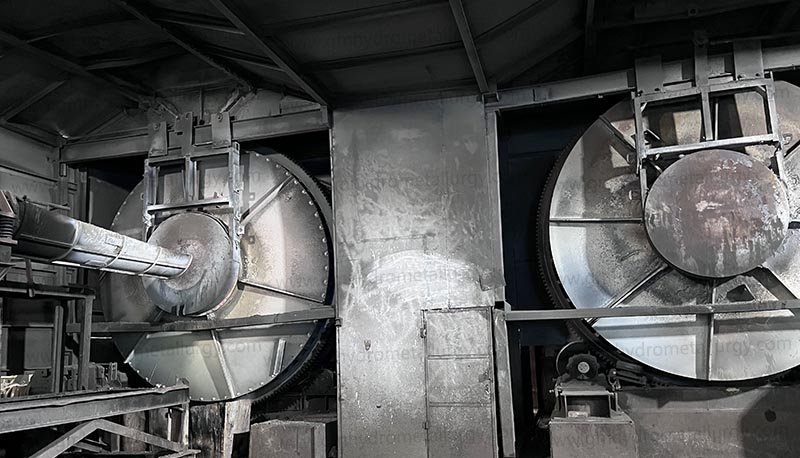Black Mass Hydrometallurgical Process
Facing mountains of end-of-life lithium-ion batteries and struggling with inefficient or environmentally taxing recycling methods? The Black Mass Hydrometallurgical Process is rapidly emerging as the sustainable battery recycling solution leaders in the industry are adopting.
Why Move Beyond Traditional Pyrometallurgy?
Traditional pyrometallurgy (high-temperature smelting) has been a mainstay, but it faces significant challenges:
High Energy Consumption
Intense heat demands massive energy inputs.
Limited Metal Recovery
Valuable lithium is often lost in slag, and complex mixtures make high-purity separation difficult.
Emissions & Slag Handling
Generates greenhouse gases and hazardous solid waste requiring costly disposal.
Lower Purity Outputs
Produces mixed alloys needing further complex refining.
The Hydrometallurgical Advantage: Precision and Purity
The Black Mass Hydrometallurgical Process offers a sophisticated, chemical-based alternative, specifically designed to overcome these limitations. It focuses on selectively dissolving and separating valuable metals (like lithium, cobalt, nickel, manganese) from the crushed battery material known as “black mass.”
How Does the Black Mass Hydrometallurgical Process Work? (Step-by-Step)
1. Pre-Treatment & Leaching
Black mass undergoes conditioning (e.g., drying, sieving). The critical hydrometallurgical extraction stage begins, where metals are dissolved using specific aqueous chemical solutions (leachants – often acids like sulfuric acid, sometimes under reducing conditions). This selectively targets valuable metals, leaving behind inert materials.
2. Impurity Removal
The leach solution (pregnant leach solution – PLS) contains dissolved metals alongside impurities (iron, aluminum, copper). Precise steps like precipitation, solvent extraction (SX), or ion exchange (IX) are employed for efficient impurity removal from battery leachate, ensuring downstream purity.
3. Metal Separation & Purification
This is the core of high-purity cathode materials recovery. Techniques like solvent extraction for cobalt nickel separation or selective precipitation are used:
SX utilizes organic solvents to selectively “pick up” specific metals (e.g., cobalt) from the aqueous PLS and “drop” them into a separate, highly purified aqueous stream.
Precise pH control or other reagents enable selective precipitation of lithium carbonate or other metal compounds.
4. Product Generation
The purified metal streams are converted into high-value products:
High-Purity Battery-Grade Metal Salts: Sulfates or hydroxides of nickel, cobalt, manganese directly usable in new cathode production.
Lithium Carbonate or Lithium Hydroxide: Essential precursors for new lithium-ion batteries.
Potential recovery of graphite.
Key Benefits Driving Adoption
Superior Metal Recovery Rates
Achieves >98% recovery for lithium, cobalt, nickel, and manganese – maximizing black mass value extraction.
Exceptional Product Purity
Produces battery-grade metal salts (>99.5% purity) meeting stringent specifications for cathode manufacturers, enabling true closed-loop hydrometallurgical refining.
Lower Energy Footprint
Operates at significantly lower temperatures than pyrometallurgy, reducing energy costs and CO2 emissions.
Reduced Emissions & Waste
Minimizes harmful gas emissions and generates less hazardous solid residue compared to smelting.
Process Flexibility
Can be tailored to efficiently handle diverse and evolving battery chemistries (NMC, LFP, LCO).
Why Partner with Experts in Hydrometallurgical Technology?
Implementing an efficient and profitable closed-loop lithium-ion battery recycling operation via hydrometallurgy requires deep expertise in chemistry, process engineering, and impurity control. Leading technology providers offer:
Optimized Process Flowsheets
Tailored solutions for specific black mass compositions and target products.
Advanced Solvent Extraction & Purification Systems
Ensuring the highest purity outputs.
Integrated Plant Design
From leaching through to high-purity product crystallization.
Focus on Cost-Effectiveness & Sustainability
Minimizing reagent consumption and waste streams.
Unlock the True Value of Your Black Mass
Embrace the future of battery recycling. The Black Mass Hydrometallurgical Process is no longer just an alternative; it’s the sustainable battery recycling solution setting the standard for high recovery, premium purity, and minimized environmental impact.



